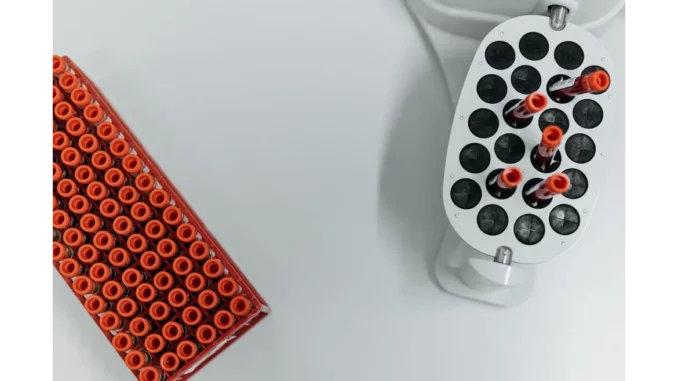
Recently, I had the privilege of exploring the innovative realm of AI-enhanced pathology services at Siriraj Piyamaharajkarun Hospital (SiPH) in Thailand. My exploration was guided by Dr. Naruemon Chittasenee, a seasoned pathologist intricately involved with the incorporation of AI into SiPH’s pathology systems. As a journalist with a keen interest in medical advancements, I was eager to understand how AI is reshaping the landscape of diagnostics. Dr. Chittasenee’s insights were nothing short of enlightening.
Upon meeting Dr. Chittasenee in her office, which offers a panoramic view of SiPH’s dynamic campus, she shared the hospital’s evolution since its inception in 2012. Initially, SiPH did not have an in-house pathology lab, relying instead on the Pathology Department at Siriraj Hospital for sample analysis. This changed dramatically with the establishment of their own pathology information system, marking a significant leap forward in their capabilities. This transformation was further amplified by the introduction of AI technologies, including a sophisticated speech-to-text feature and an AI system adept at identifying high-risk findings from slide images.
The conversation about AI technology was particularly captivating. Dr. Chittasenee demonstrated the speech-to-text feature with palpable enthusiasm, highlighting its role in transforming spoken words into text almost instantaneously. This advancement not only reduces the time spent on data entry but also substantially minimises the risk of errors. The ability to dictate notes directly into the system allows pathologists to dedicate more time to critical analysis, enhancing both accuracy and efficiency in their work. Watching the system in action, it was evident how such a seemingly simple tool could revolutionise daily operations within the department.
Our discussion naturally progressed to the AI system that analyses slide images, focusing on its application in prostate cancer diagnostics. Dr. Chittasenee described this technology as a “game-changer,” noting its ability to highlight areas of concern on high-resolution slides. This prioritisation enables pathologists to focus their attention where it is most needed. When I inquired about how this AI has altered the diagnostic process, Dr. Chittasenee elaborated on its role as an enhancement rather than a replacement of human expertise. The AI acts as an additional set of eyes, ensuring that no potential anomalies are overlooked and providing a second layer of scrutiny to the diagnostic process.
This integration of AI technology at SiPH has led to the processing of over 14,000 test orders, underscoring the system’s capability and reliability. The benefits are manifold—automated workflows, from documentation to ordering further tests, and alerts for significant findings have streamlined operations considerably. Dr. Chittasenee emphasised the improvements in speed and accuracy, which have been pivotal in enhancing patient care. The AI systems have not only expedited workflows but also ensured precision in diagnoses, a critical factor in medical outcomes.
As our conversation drew to a close, I was keen to learn about the future trajectory of AI in SiPH’s pathology department. Dr. Chittasenee expressed a commitment to continual system upgrades, focusing on user interface and experience to further optimise the AI’s capabilities. The hospital’s ambition extends to expanding AI functionalities to accurately detect a broader spectrum of cancers, reflecting their dedication to pioneering advancements in medical diagnostics.
Reflecting on my visit, the potential of AI in revolutionising medical diagnostics at SiPH was undeniable. The integration of speech-to-text and image analysis technologies is not merely about synchronising with technological evolution; it represents a redefinition of diagnostic excellence. This initiative at SiPH is a testament to the promising future of healthcare, where technology and human expertise converge to provide superior patient care. In a field where time and precision are critical, SiPH’s adoption of AI-powered pathology services offers an inspiring glimpse into a future where healthcare is both innovative and patient-centred.


Be the first to comment